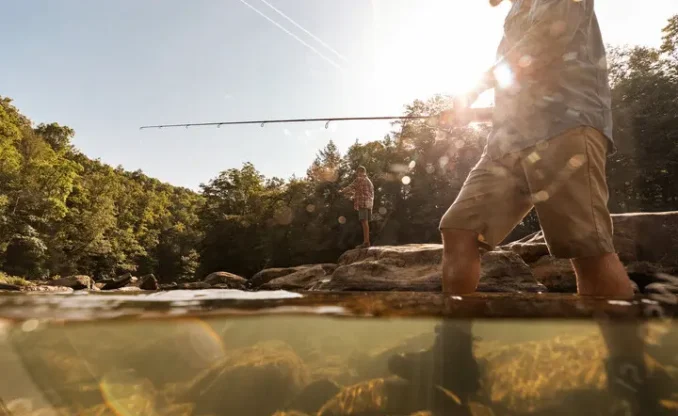Fair Food and Excellent Cover
Allegheny Sloe- Prunus alleghaniensis
Wild Plum- P. americana
Wild Goose Plum- P. hortulana
Form
Allegheny Sloe- Scraggly with many dead limbs, 3 to 15 feet tall.
Wild Plum and Wild Goose Plum- Dense growth from 10 to 20 feet tall, rounded crowns.
Twigs and Bark
Allegheny Shoe- Hairy twigs that are often spine tipped.
Wild Plum- Shaggy bark, short stiff spur branches with sharp tips
Wild Goose Plum- Grayish-brown bark with horizontal stripes.
Leaves
Allegheny Slow- Lance-shaped, broadest at middle, tapers to base, 2 to 4 inches long.
Wild Plum- Broadest at or above the middle, rounded base, 3 to 4 inches long.
Wild Goose Plum – Broadest near base with long pointed tip, dark green, 4 to 6 inches long.
Flowers
Fragrant white clusters in April and May.
Fruit
Allegheny Sloe- Dark purple, ½ to ¾ inch diameter, pleasantly acid.
Wild Plum- Red, orange or yellow, thick skinned, ¾-1 inch diameter.
Wild Goose Plum – Light yellow or red, stone pointed on both ends, thin skinned ¾ to 1 ¼ inch diameter.
West Virginia Range
Allegheny Slow- Shale barrens of eastern West Virginia .
Wild Plum- Frequent throughout West Virginia .
Wild Goose Plum- Infrequent in western hills and Ohio River Valley .
Natural Habitat
Allegheny Slow- Open dry soils of steep slopes.
Wild Plum and Wild Goose Plum- Streambanks, old fields, fencerows and forest borders.
Horticulture
Uses: Large masses and borders. Light: Partial to full sunlight. Soil Moisture: Moist to dry, well drained and sandy loam are best. Soil pH: Neutral soils best. Problems: Relatively free from pests except black knot disease which can disfigure and weaken branches. The spiny branches can pose a safety hazard to people. Plums sprout freely from the roots and can spread into unwanted areas.
Wildlife Use
The flowers provide excellent nectar for bees and butterflies. The fruits are readily eaten by deer, foxes, raccoons, squirrels and some birds, but does not occur when other foods are plentiful. Plum thickets provide good cover and nesting sites.
Compiled by: William N Grafton, naturalist, botanist and wildlife specialist, West Virginia University , Morgantown West Virginia .Written by West Virginia Native Plant Society members and jointly published with the WV Wildlife Diversity Program.



